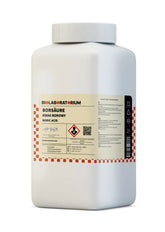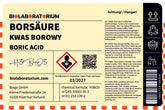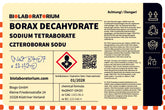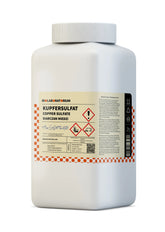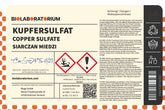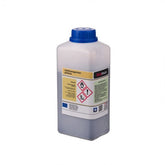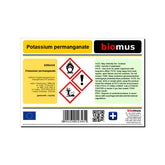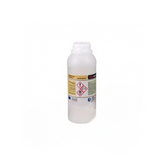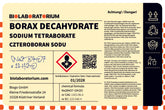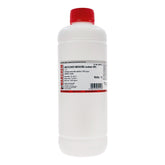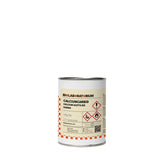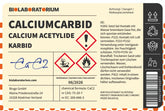Acetylsalicylic acid – versatile reagent in chemistry
Acetylsalicylic acid, also known as Aspirin, is a widely known medication found in households around the world. However, besides its use as a painkiller and anti-inflammatory, this chemical compound also has numerous technical applications in industry and research. In this blog post, we will take an in-depth look at the chemical properties and diverse applications of acetylsalicylic acid in chemistry.
Chemical Structure and Properties
Acetylsalicylic acid is an organic compound composed of a salicylic acid unit and an acetyl group. This structure gives the substance specific chemical properties that are crucial for its use in various applications.
Polarity and Solubility
Due to the carbonyl group and the hydroxyl group, acetylsalicylic acid is a polar compound that is well soluble in polar solvents such as water, ethanol, or acetone. At the same time, it is poorly soluble in nonpolar solvents like benzene or hexane. This property allows acetylsalicylic acid to be selectively extracted or purified from reaction mixtures.
Acid-Base Behavior
As a carboxylic acid, acetylsalicylic acid exhibits amphoteric properties. It can act both as a proton donor and as a proton acceptor, enabling its use as a buffer substance or titration solution in analytical chemistry.
Reactivity
The acetyl group makes acetylsalicylic acid susceptible to hydrolysis reactions, in which the ester bond is cleaved. This produces salicylic acid and acetic acid. This behavior can be utilized for various chemical transformations.
Technical Applications of Acetylsalicylic Acid
Besides the well-known medical use as a painkiller and anti-inflammatory, acetylsalicylic acid has numerous technical applications in chemistry.
Analytical Chemistry
In analytical chemistry, acetylsalicylic acid is used as a reagent for various detection reactions. For example, it can be used to detect iron(III) ions, as it forms a red complex with them.
Furthermore, due to its acid-base properties, acetylsalicylic acid is excellently suited as a buffer substance in titration. It allows precise adjustment and control of the pH value of a solution.
Organic Synthesis
In organic synthesis, acetylsalicylic acid has diverse applications. It can serve as a starting material for the production of other compounds, such as the synthesis of salicylic acid through hydrolysis of the ester bond.
Moreover, acetylsalicylic acid can be used in esterification reactions to produce new ester compounds. Such reactions are important for the production of dyes, plasticizers, or other functional materials.
Analytical Methods
Acetylsalicylic acid is also used in various analytical methods. For example, it can be employed as a stationary phase in high-performance liquid chromatography (HPLC) to separate and analyze polar compounds.
Additionally, acetylsalicylic acid can be used as a derivatization reagent in mass spectrometry to increase the sensitivity and selectivity of the analysis.
Chemical Industry
In the chemical industry, acetylsalicylic acid is used as a starting material for the production of other important chemicals. For example, it can be used for the production of salicylic acid, aspirin derivatives, or acetylation reagents.
Furthermore, acetylsalicylic acid is applied as a corrosion inhibitor, antioxidant, or stabilizer in industrial processes and products.
Conclusion
Acetylsalicylic acid, better known as Aspirin, is much more than just a painkiller. This versatile chemical compound offers numerous technical applications in analytics, organic synthesis, and the chemical industry. Its unique chemical properties, such as polarity, acid-base behavior, and reactivity, make it a valuable reagent in modern chemistry. Whether in research laboratories, production facilities, or analysis centers – acetylsalicylic acid has established itself as an indispensable tool in chemical practice.

